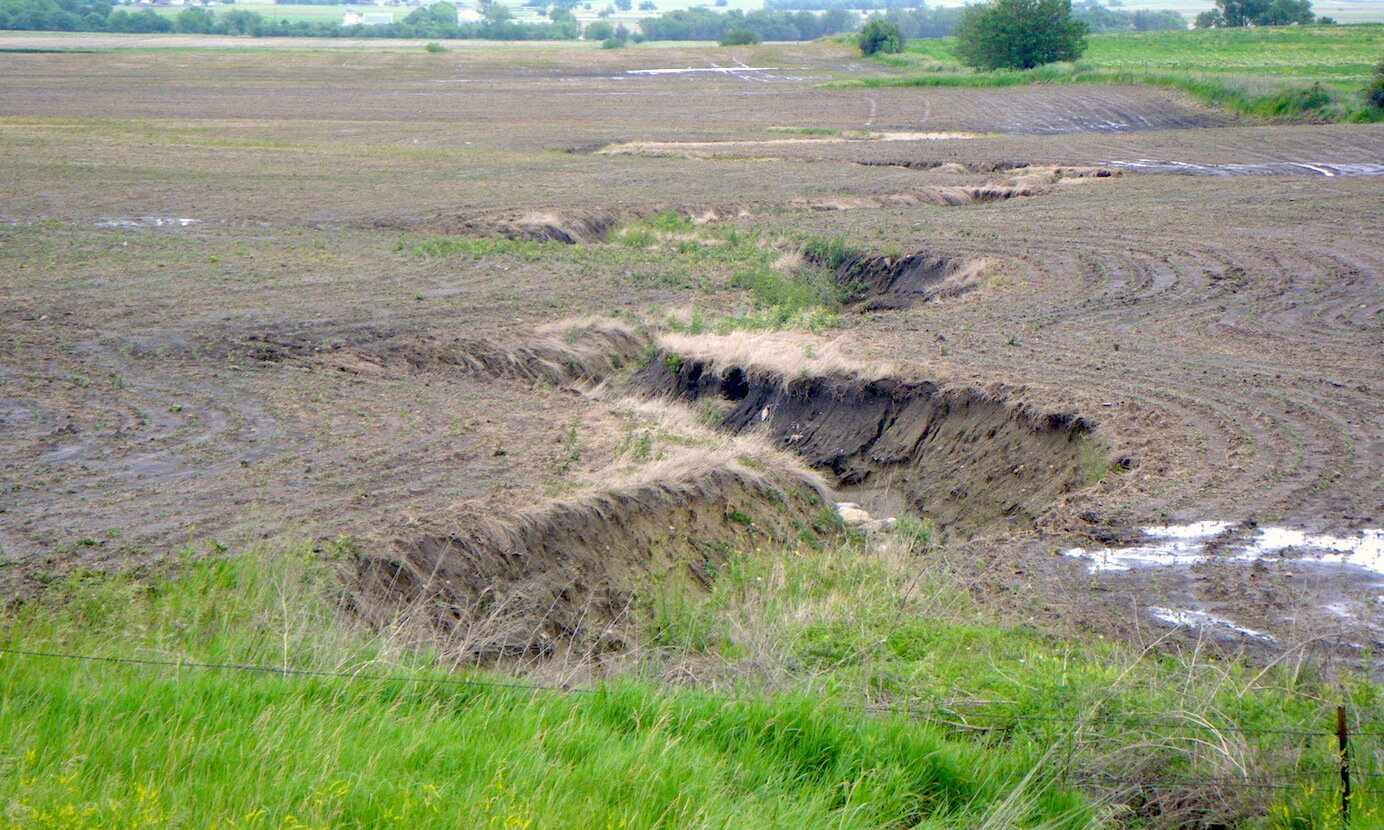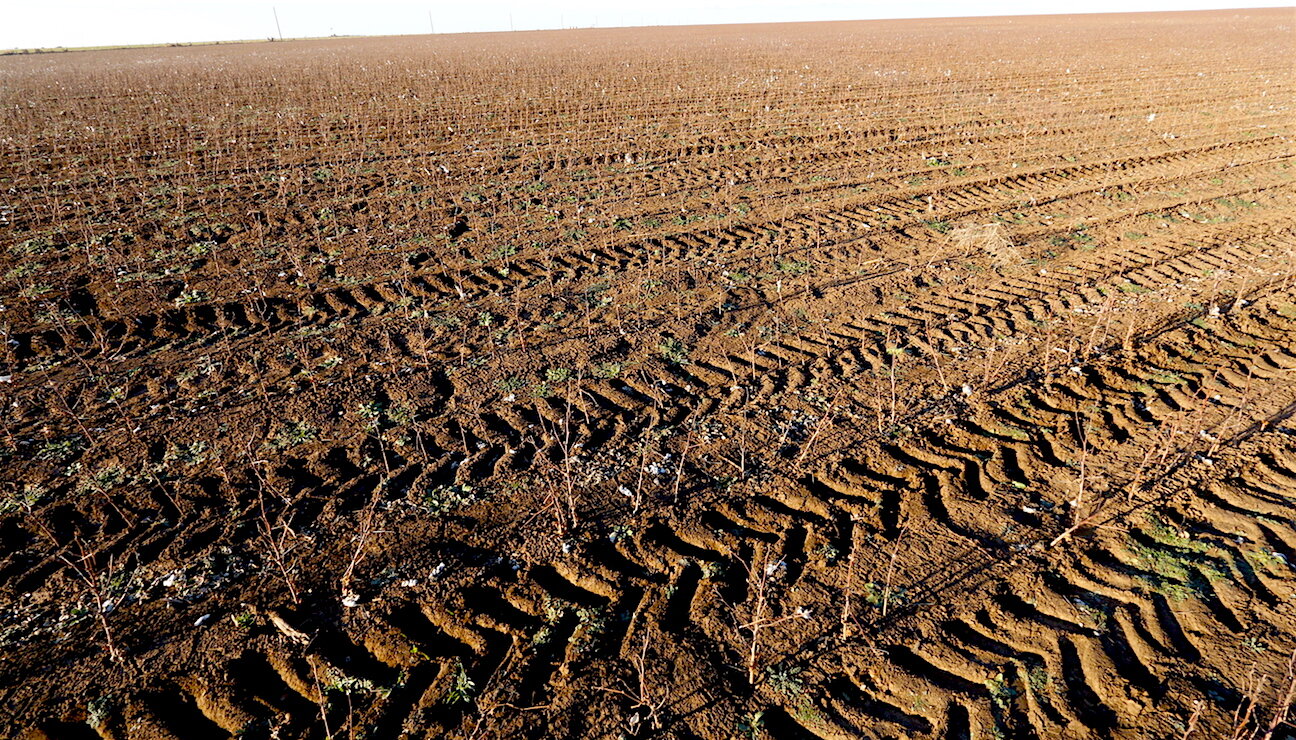Sustainable Hunting — Only Hope for Wildlife
Regular readers may have noticed that I often harp on the theme of sustainable hunting. That’s because sustainable use of wildlife is the only way to save it from extinction -- because it's Nature's way.
Allow me to repeat that for emphasis. The sustainable huntingof wildlife — not admiration or appreciation or worship, but killing and eating and wearing — is the only way to save it from extinction.
Sustainable hunting in Scotland has restored and maintained red stag populations for decades as shown in this photo showing a ghillie and huntress with a freshly shot stag.
Eat and Be Eaten
If this sounds ridiculous to you, ask yourself what's more abundant, prairie chickens or Kentucky Fried Chicken. Planet Earth in all her parts has flourished through a system of sustainable hunting (USE) of all life forms. Every plant and animal eats and is eaten in order to keep the circulating system of life functioning.
This means, of course, that sustainable hunting is not evil. Predators are not murderers. Eating meat is not immoral. Nature decrees that every living thing must die. Unlike sentimental humans, Nature does not hold any creature “sacred.” It does not value the elephant and blue whale, the wolf and lion, over the mouse and mosquito. Nor does it allow any creature to live a perfect life free from stress, pain or death. Quite the opposite. It values death as much as life. It requires, nay mandates, sustainable hunting.
Fear Transference Fights Sustainable Hunting
We humans, understandably fond of our own fragile existence, transfer our sense of Nature's injustice and our fears of dying into a sometimes excessive protectionism toward “innocent” animals. We can’t prevent our own suffering and dying, so we fight fervently in the vain hope that we can at least “save” a cute, majestic, blameless, innocent animal. This is understandable. Who doesn’t want to cuddle and protect a cute puppy, an adorable baby polar bear? Who doesn't wish that someone would cuddle and protect us?
Unfortunately, we often carry this transference to extremes by elevating iconic species like wolves, lions, and bears to the level of demigods. We ascribe to them attributes once reserved for our spiritual gods. Instead of admiring and respecting animals, we begin to worship them. This is why anti-hunting/animal rights can be considered a religion. True believers show a devotion to animals sometimes bordering on religious fervor, zealotry, irrationality.
Nature practices sustainable hunting with a wide variety of predators like this cougar.
Maddening, counterproductive and wasteful though it is, the anti-hunting movement is just a sideshow. The real action in the ongoing destruction of wildlife is our exploding human population coupled with our disregard for what this does to all wildlife and wild places. Here is where we can make a difference.
Biology 101 Supports Sustainable Hunting
Basic biology shows us that Earth is finite. It can hold only so much biomass. Any farmer knows this. If you’re growing corn and Herefords, you’re not growing switchgrass and bison.
For a long, long time Nature determined what grew and what ate it. This resulted in a diverse, fecund world swarming with billions of plants and animals eating one another. Then humans discovered agriculture and began replacing forests, grasslands, and even swamps with grain fields. We replaced herds of bison and antelope with domestic cattle and sheep. And we continue doing this even though we know this reduces the numbers of native plants and animals.
So, instead of killing and eating cattail roots, fiddlehead ferns, and pronghorns, we eat wheat, corn and Angus beef. And the more wheat, corn and Angus we produce, the fewer cattails, ferns and pronghorns Nature can produce.
Animal rights zealots fail to recognize this. Perhaps they do see it, but can’t handle it. It’s easier to take out their disappointments and fears on hunters, even though hunters — winged, four-legged, two-legged and no-legged (snakes and sharks) — are 100% natural and essential for the ongoing functioning of the natural world.
Sustainable Hunting Because We Can't Eat Grass
And this is why we must kill and eat wildlife — on a sustainable hunting basis — in order to save it. The land can produce only so much biomass, so what'll it be? Domestic or wild? Humans now control most of the earth. We determine what thrives and what dies. What we use, eat and wear thrives. What we merely admire or worship, we will sacrifice. Rural peoples around the world trespass and poach from supposedly protected National Parks for obvious and inescapable reasons. A native grassland might be beautiful and alive with thousands of wild species, but as an old farmer once told me, “We can’t eat grass.”
Modern, high-input agriculture does produce more useable food than can be found in most natural ecosystems. And, since we refuse to accept limits to our population densities, we must plow, plant, fertilize, spray and displace billions of native life forms in order to keep more than 7 billion humans fed. This is projected to be 11 billion in about 30 years.
Obviously these additional 4 billion humans are going to demand more Amazon jungle be razed to grow soybeans instead of jaguars and toucans. More of the American West must be plowed and irrigated to grow wheat and cattle rather than sage grouse and mule deer. More of Africa will be razed and grazed to grow milo and scrawny Masai cattle.
We can't hope to replace all of this with wilderness plants and animals. But we can save, protect and perpetuate enough of the wild to assure the continued survival of most wild species, plant and animal. But only if we can utilize enough of them -- flesh, bones, hides, feathers, teeth, antlers, horns -- to justify the space they occupy.
Modern animal husbandry has shown that we can have our cattle and eat them, too. The North American Model of Wildlife Conservation has proven that sustainable hunting can protect and increase our elk, deer, pronghorn, black bear and similar wildlife species -- even as we eat them. Enabling and creating continued demand for such species will insure their long term survival. Elevating them to sacred symbols will condemn them. Because we can't eat grass.Conservationist hunter Ron Spomer has grave concerns for the health of the wild lands and animals he's studied, photographed and hunted for nearly half a century.













